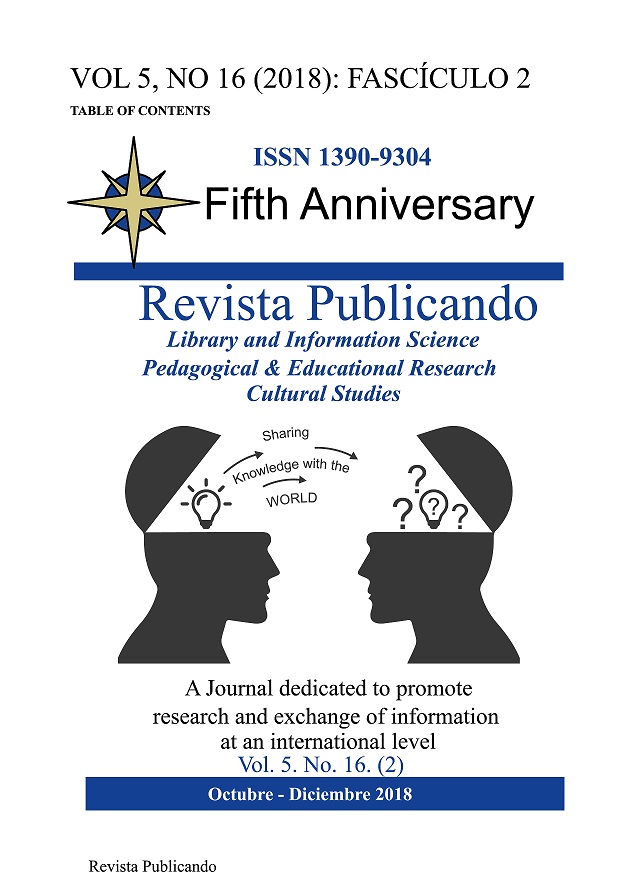Resumen
In Persian poetry, the widest spiritual and emotional horizons are the horizons of ghana poetry. Persian Ghazal poetry is one of the richest forms of poetry, and a perfect example in which all the concepts of poetry can be seen in it well. Since the main form of Nezari”™s poetry isghanaieghazal and love is the main subject of ghanaei poetry and the essence of Persian poetry, this article is about how to manifest love as the most frequent type of GhanaeiinNezari”™s poetry under the titles: types of love, praise of love, description of beloved, traits of true lover, and effects of love (marriage, divorcing and divining), and the contrast between reason and love through a descriptive-analytical method.Referencias
BayBourdi, Changiz Ghulam Ali ,(1992), "Nezari's Life and Works," translated by Mahnaz Sadri, Tehran: Elmi Publishing.
Hosseini, Saleh, (2001), "The Culture of Literary Equations," Tehran: Niloufarpublicaion, First Edition.
Dehkhoda, Ali Akbar, (1998), "Dictionary", Tehran: Tehran University Press: p.44
Zarghani, Seyyed Mahdi, (2009), "A Plan for Classification of Literary Types in the Classical Period", Journal of Literature Research, Vol. 6, No. 61, p. 81-106
ZarrinKoub, Abdolhossein, (1984), "False Poetry, Silent Poetry," Unfair: Javidan Publications.
ShafieiKodkani, Mohammad Reza (1975), "Persian Literature and Poetry Types", Magazine of Kherad&Koushesh, Shiraz, University of Shiraz, 2nd and 3rd office.
Shamisa, Sirous ,(1995), "Literary Types", Tehran: Ferdows Publications.
Safa, Zabih Allah, (1987), History of "Literature in Iran, Volume 7, Section", 6, Tehran: Ferdows Publications.
FotohiRoodmagni, Mahmoud, (2012), "The method of writing the Research Paper", Tehran: Scientific Publications, Cha.
Motahhari, Morteza, (2012), "The Perfect human", Tehran: Sadra Publication.
----------------------- ,(without date), "Imam Ali's attraction and repulsion, Tehran: Sadra Publications
NezariQahestani, Sa'd al-Din (1993), "The Divan of Poetry", Tehran: Elmi Publications.
Usted es libre de:
Compartir — copiar y redistribuir el material en cualquier medio o formato
Adaptar — remezclar, transformar y construir a partir del material
La licenciante no puede revocar estas libertades en tanto usted siga los términos de la licencia
Bajo los siguientes términos:
Atribución — Usted debe dar crédito de manera adecuada, brindar un enlace a la licencia, e indicar si se han realizado cambios. Puede hacerlo en cualquier forma razonable, pero no de forma tal que sugiera que usted o su uso tienen el apoyo de la licenciante.
NoComercial — Usted no puede hacer uso del material con propósitos comerciales.
CompartirIgual — Si remezcla, transforma o crea a partir del material, debe distribuir su contribución bajo la lamisma licencia del original.
